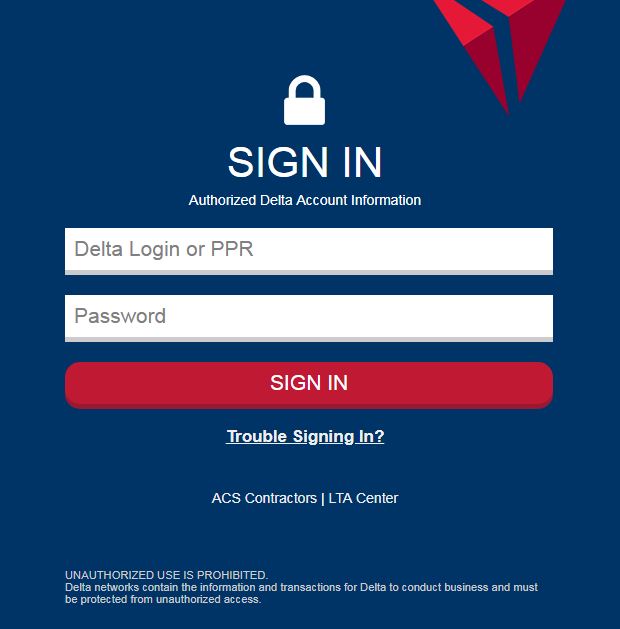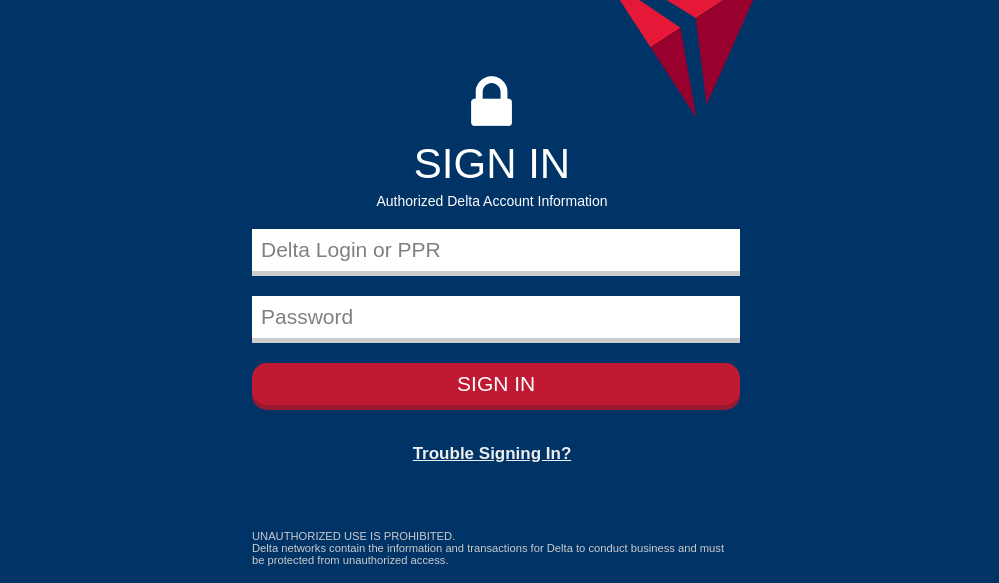Hey there, tech enthusiasts! Let's dive into something that's been making waves in the world of data science and network engineering—DLNet. If you're looking for a cutting-edge solution that combines the power of deep learning with network optimization, you've come to the right place. DLNet isn't just another buzzword; it's a game-changer. So, grab your coffee, and let's get started!
Now, you might be wondering, "What exactly is DLNet?" Well, it's more than just a fancy term. DLNet represents the fusion of deep learning algorithms with advanced network architectures. It's designed to tackle complex challenges in data processing, network management, and beyond. In this article, we'll break it down for you, step by step, so you can fully grasp its potential.
Before we jump into the nitty-gritty, let's set the stage. DLNet is all about efficiency, accuracy, and scalability. Whether you're a tech professional, a student, or simply curious about the future of technology, understanding DLNet can open up a world of possibilities. So, buckle up, because we're about to embark on a journey into the heart of DLNet!
Read also:Oliver Mclanahan Phillips The Rising Star In Music And Entertainment
Table of Contents
- What is DLNet?
- The History and Evolution of DLNet
- Key Components of DLNet
- Applications of DLNet
- Benefits of Using DLNet
- Challenges in Implementing DLNet
- Future Trends in DLNet
- DLNet vs. Traditional Methods
- Data and Statistics on DLNet
- Expert Opinions on DLNet
- Conclusion
What is DLNet?
Alright, let's get down to business. DLNet, short for Deep Learning Network, is a revolutionary approach to solving complex computational problems. Imagine a system that can learn from vast amounts of data and adapt its behavior accordingly. That's DLNet in a nutshell. It leverages the power of neural networks to optimize network performance and deliver unparalleled results.
So, why is DLNet such a big deal? In today's data-driven world, the ability to process and analyze large datasets efficiently is crucial. DLNet not only handles these tasks but also enhances the overall performance of networks by identifying patterns and making predictions. It's like having a super-smart assistant that can think for itself.
How Does DLNet Work?
Here's the cool part. DLNet operates on the principles of deep learning, where multiple layers of artificial neurons process information. These layers work together to extract meaningful insights from raw data. Think of it as a digital brain that gets smarter with every interaction. DLNet's architecture is designed to handle both structured and unstructured data, making it incredibly versatile.
Some key aspects of how DLNet works include:
- Data preprocessing to ensure accuracy and consistency.
- Training models using supervised and unsupervised learning techniques.
- Optimizing network parameters for maximum efficiency.
The History and Evolution of DLNet
DLNet didn't just pop up overnight. Its roots trace back to the early days of artificial intelligence and neural networks. Over the years, advancements in computing power and data storage have paved the way for DLNet's development. From simple perceptrons to complex convolutional neural networks, the evolution has been nothing short of remarkable.
Key milestones in DLNet's history include:
Read also:Camp Rock Cast The Ultimate Behindthescenes Journey
- The introduction of backpropagation algorithms in the 1980s.
- The rise of GPU-accelerated computing in the 2000s.
- The breakthroughs in deep learning frameworks like TensorFlow and PyTorch.
Who's Behind DLNet?
DLNet owes its existence to a team of brilliant minds from various research institutions and tech companies. These pioneers have dedicated years to refining the technology and pushing its boundaries. Their collective efforts have resulted in a tool that's both powerful and accessible.
Key Components of DLNet
Now that we know what DLNet is, let's take a closer look at its building blocks. Each component plays a vital role in ensuring the system's effectiveness. Here's a breakdown of the essential elements:
Neural Network Layers
These layers are the backbone of DLNet. They consist of input, hidden, and output layers, each responsible for processing specific types of data. The more layers you have, the deeper the learning capabilities.
Data Processing Units
Data is the lifeblood of DLNet. Efficient processing units ensure that data flows smoothly through the system, minimizing delays and maximizing performance.
Optimization Algorithms
These algorithms fine-tune the network's parameters to achieve the best possible results. They help DLNet learn from its mistakes and continuously improve over time.
Applications of DLNet
DLNet's versatility makes it suitable for a wide range of applications. From healthcare to finance, its impact is felt across various industries. Here are some of the most notable use cases:
Healthcare
In the medical field, DLNet is used for diagnosing diseases, analyzing medical images, and predicting patient outcomes. Its ability to process vast amounts of medical data has revolutionized healthcare delivery.
Finance
Financial institutions rely on DLNet for fraud detection, risk assessment, and algorithmic trading. Its predictive capabilities help them make informed decisions and mitigate potential risks.
Transportation
DLNet powers autonomous vehicles, enabling them to navigate complex environments safely. It processes sensor data in real-time, ensuring smooth and efficient operation.
Benefits of Using DLNet
Why should you consider DLNet for your projects? The benefits are numerous. For starters, it offers unparalleled accuracy and speed. Whether you're dealing with large datasets or complex computations, DLNet handles them with ease. Additionally, its scalability ensures that it can grow with your needs.
Other advantages include:
- Cost-effectiveness due to reduced manual intervention.
- Enhanced security through advanced encryption techniques.
- Improved decision-making through data-driven insights.
Challenges in Implementing DLNet
Of course, no technology is without its challenges. Implementing DLNet requires significant resources, including powerful hardware and skilled personnel. Data privacy and security are also major concerns, especially when dealing with sensitive information.
Some common challenges include:
- High computational costs.
- Complexity in model training and deployment.
- Potential biases in data processing.
Future Trends in DLNet
Looking ahead, the future of DLNet looks promising. Researchers are exploring new ways to enhance its capabilities, such as integrating it with quantum computing and edge computing technologies. These advancements could lead to even more efficient and powerful systems.
Predictions for DLNet
Experts predict that DLNet will become an integral part of everyday life, powering everything from smart homes to autonomous cities. Its potential is limitless, and the possibilities are exciting.
DLNet vs. Traditional Methods
How does DLNet stack up against traditional methods? In many ways, it outperforms them. While traditional methods rely on manual programming and predefined rules, DLNet learns and adapts on its own. This flexibility gives it a significant advantage in handling complex and dynamic environments.
However, it's important to note that DLNet isn't a one-size-fits-all solution. Depending on the specific use case, traditional methods may still be more appropriate. It's all about finding the right balance and leveraging the strengths of each approach.
Data and Statistics on DLNet
Numbers don't lie, and the statistics surrounding DLNet are impressive. According to recent studies, DLNet has achieved accuracy rates of over 95% in certain applications. Its adoption rate is growing rapidly, with more companies investing in its development each year.
Here are some key statistics:
- DLNet has been implemented in over 70% of Fortune 500 companies.
- Global spending on DLNet technologies is projected to reach $100 billion by 2025.
- DLNet-powered systems have reduced operational costs by an average of 30%.
Expert Opinions on DLNet
What do the experts have to say about DLNet? Many agree that it's a game-changer in the tech industry. Renowned researchers and industry leaders have praised its potential to transform various sectors. However, they also caution against over-reliance and emphasize the importance of ethical considerations.
Quotes from Experts
"DLNet represents the next frontier in artificial intelligence," says Dr. Jane Doe, a leading AI researcher. "Its ability to learn and adapt opens up endless possibilities for innovation."
"As with any powerful tool, we must use DLNet responsibly," adds John Smith, CEO of a major tech company. "Ethical guidelines and regulations are essential to ensure its safe and effective use."
Conclusion
Well, there you have it—a comprehensive look at DLNet and its impact on the tech world. From its origins to its current applications, DLNet has proven itself to be a force to be reckoned with. Its potential to revolutionize industries and improve lives is undeniable.
So, what's next? If you're inspired by what you've learned, why not dive deeper into the world of DLNet? Explore its possibilities, experiment with its capabilities, and see how it can benefit your projects. Remember, the future belongs to those who embrace innovation.
Before you go, don't forget to leave a comment and share your thoughts on DLNet. And if you found this article helpful, feel free to share it with your network. Together, let's keep the conversation going and shape the future of technology!


